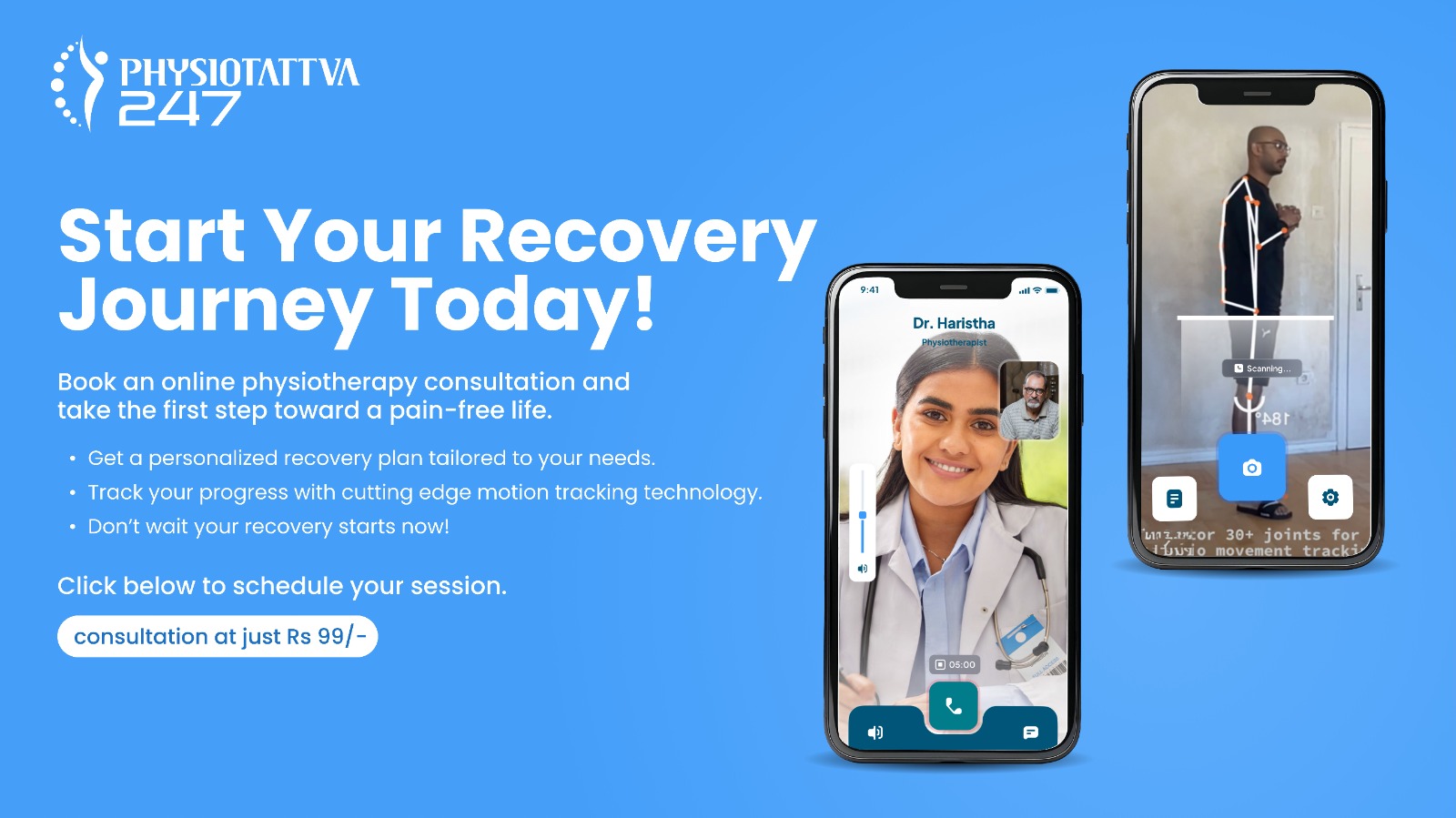Understanding Sciatica
Sciatica refers to pain that radiates along the sciatic nerve, which runs from the lower back down through the legs. It usually occurs when the nerve is compressed or irritated.
This condition often starts in the lower back and can extend down one leg. Sciatica can affect people differently, with symptoms ranging from mild discomfort to severe pain.
Common Causes of Sciatica
One of the most common causes of Sciatica is a herniated disc, which puts pressure on the sciatic nerve. Other causes include spinal stenosis, where the spinal canal narrows, or a muscle spasm.
Poor posture and long periods of sitting can also contribute. Injuries or conditions like arthritis can lead to sciatica.
Symptoms and Diagnosis of Sciatica
Symptoms of sciatica include sharp or burning pain that travels from the lower back down the leg. Numbness or tingling in the leg or foot can also occur. A healthcare provider diagnoses sciatica through a physical exam and may use imaging tests like MRI or X-rays to pinpoint the cause.
Impact of Sciatica on Daily Life
Sciatica can significantly affect daily life by causing pain that limits movement and activity. It may make simple tasks like sitting, standing, or walking uncomfortable. Chronic pain can impact work, hobbies, and overall quality of life.
What is Dry Needling Therapy for Sciatica ?
Dry needling therapy involves inserting thin needles into specific points in the muscles, known as trigger points. This technique helps release muscle tightness and improve blood flow.
It aims to reduce pain and enhance movement by targeting the underlying issues contributing to conditions like sciatica.
Types of Dry Needling Therapy for Sciatica
Trigger point dry needling targets specific muscle knots. Deep tissue dry needling focuses on deeper muscle layers. Myofascial dry needling addresses the connective tissue around muscles. Each type aims to relieve pain and improve muscle function. Your therapist will choose the method that best suits your specific condition and needs.
Trigger Point Dry Needling therapy for Sciatica
Trigger point dry needling focuses on specific tight areas in muscles, known as trigger points. These points can cause or contribute to sciatic pain. By inserting thin needles into these areas, the therapy helps release muscle tension and reduce pain.
The process also improves blood flow to the affected area, aiding in faster recovery. This type of dry needling is often used to address muscle knots in the lower back and buttocks that can put pressure on the sciatic nerve.
Superficial Dry Needling therapy for Sciatica
Superficial dry needling therapy consists of inserting needles just below the skin to address pain and tension in the muscles near to the surface. This technique helps relieve discomfort and improve mobility in areas affected by sciatic pain.
It is generally used for less intense pain or as a complementary approach to deeper needling techniques, contributing to overall pain management and muscle relaxation.
Deep Tissue Dry Needling therapy for Sciatica
Deep tissue dry needling goes deeper into the muscle layers to target underlying areas that may contribute to sciatic pain. The needles are inserted into deeper muscle tissues to release chronic tension and improve blood circulation.
This method helps reduce pain and enhances muscle function by addressing issues that are not accessible with more superficial techniques.
Functional Dry Needling therapy for Sciatica
Functional dry needling targets specific muscles and their roles in movement patterns. It focuses on improving muscle function and addressing dysfunctional movement that contributes to sciatica.
By inserting needles into muscles involved in movement, this technique helps restore normal function and reduce pain. It’s useful for individuals with sciatic pain linked to movement issues or muscle imbalances.
How Dry Needling Therapy for Sciatica Works
Dry needling therapy works by inserting thin needles into specific muscle points to relieve sciatica. The needles target tight or painful areas in the muscles, helping to release tension and improve blood flow. This reduces pressure on the sciatic nerve and eases pain.
Benefits of Dry Needling Therapy for Sciatica
Dry needling therapy offers several benefits for managing sciatica. It provides pain relief by targeting the source of muscle tension and reducing pressure on the sciatic nerve.
The therapy also improves muscle function by releasing tight spots and enhancing blood flow. As a result, you may experience better mobility and reduced discomfort.
Pain Relief
In dry needling uses needles to stimulate pain points, which helps reduce muscle tension and improve blood flow. This process can help decrease pain and discomfort associated with various conditions, including sciatica.
Regular sessions can lead to more effective and sustained pain relief over time.
Increased Blood Flow
When the needles are inserted, they stimulate the area that is injured helping in increasing blood circulation. This increased blood flow delivers more oxygen and nutrients to the muscles, aiding in the healing process. Improved circulation can help reduce pain and speed up recovery.
Reduced Muscle Spasms
When the needles are inserted into tight or knotted muscles, they help release the tension that causes spasms. This can lead to a reduction in the frequency and intensity of muscle spasms.
Enhanced Rehabilitation
Dry needling therapy is used on trigger points on the body that improve blood flow, dry needling helps in the healing process and muscle function. This makes it easier to engage in physical therapy exercises and other rehabilitation activities.
Choosing the Dry Needling Therapy Provider
When choosing a dry needling therapy provider, look for a qualified and experienced therapist who specialises in treating sciatica. Check their credentials, experience, and reviews from other patients. A good provider will assess your condition thoroughly and tailor the treatment to your needs.
They should also explain the procedure clearly and answer any questions you have. At Physiotattva, our team is skilled in dry needling and focused on helping you manage sciatica effectively. Reach out to us to see how we can assist you with personalised care.
What to Look for in a Provider?
When selecting a dry needling provider, consider their qualifications and experience in treating sciatica. Look for licensed professionals who use proper techniques and follow safety protocols. Check their reputation through patient reviews and testimonials.
A provider should have a clear understanding of your condition and explain how dry needling can help. At Physiotattva, our certified therapists are trained to offer effective dry needling treatments tailored to your needs. Contact us to learn more about our services.
Questions to Ask Your Therapist
When meeting with a dry needling therapist, ask about their experience with treating sciatica specifically. Inquire about the number of sessions you might need and the expected outcomes. Ask about the safety measures they follow and any potential side effects.
Ensure they explain the procedure and what you can expect during and after treatment. At Physiotattva, our team is ready to answer your questions and provide detailed information about how dry needling can help you.
Key Considerations and Precautions for Dry Needling Therapy for Sciatica
When considering dry needling therapy for sciatica, ensure the therapist evaluates your condition properly before starting treatment. Be aware of your medical history and discuss any concerns or conditions that might affect the therapy.
Ensure the provider follows strict hygiene and safety protocols to prevent any complications. At Physiotattva, we take these considerations seriously and tailor our treatments to ensure they are safe and effective for managing sciatica.
Safety of Dry Needling Therapy for Sciatica
Dry needling therapy is generally safe when performed by a trained professional. It involves inserting needles into specific muscles to relieve pain and improve function. The procedure is minimally invasive and usually well-tolerated.
However, it's essential to discuss any health conditions or concerns with your therapist before starting treatment.
Potential Risks of Dry Needling Therapy for Sciatica
While dry needling is effective for sciatica, it does carry some risks. You might experience mild soreness or bruising at the needle sites. There is a small risk of infection if proper hygiene isn’t followed. Always discuss your medical history and any potential risks with your therapist.
Contraindications for Dry Needling Therapy
Dry needling therapy isn’t suitable for everyone. Avoid it if you have certain conditions like infections at the treatment site, bleeding disorders, or if you’re pregnant. It may also be unsuitable if you have a history of severe reactions to needles or are on blood-thinning medication.
Always discuss your medical history with your therapist to ensure dry needling is safe for you. At Physiotattva, our team will evaluate your condition thoroughly to determine if dry needling is a good option.
Integrating Dry Needling Therapy for Sciatica into Management Plan
Integrating dry needling into your sciatica management plan can be very effective. Combine it with other treatments like physical therapy or medications for a comprehensive approach. Dry needling targets muscle knots that contribute to sciatica pain, while physical therapy can improve overall strength and flexibility.
Working with your healthcare provider to create a customised plan that includes dry needling can help you manage pain more effectively and enhance your recovery.
When to Consider Dry Needling Therapy
Consider dry needling therapy for Sciatica if you have persistent muscle pain, stiffness, or sciatica that hasn’t improved with other treatments. It’s especially useful if muscle knots are contributing to your symptoms.
If traditional methods aren’t providing sufficient relief, dry needling might be a good addition to your treatment plan. Consult with your therapist at Physiotattva to see if dry needling is the right choice for addressing your specific needs and pain levels.
Creating a Holistic Sciatica Pain Management Strategy
Creating a holistic sciatica pain management strategy involves combining various treatments for the best results. Include approaches like dry needling, physical therapy, and medication.
Focus on lifestyle changes such as improving posture and incorporating exercises that strengthen your back and legs.
Combining Dry Needling with Physical Therapy
Combining dry needling therapy for Sciatica with physical therapy can enhance your treatment. Dry needling targets specific muscle points to reduce pain and improve muscle function. Physical therapy complements this by focusing on strengthening exercises and improving flexibility.
Together, they address both the symptoms and underlying causes of sciatica. This combined approach can speed up recovery and help you return to daily activities with less pain.
Consulting a Healthcare Professional for Optimal Results
Consulting a healthcare professional ensures that you get the right diagnosis and treatment plan for your sciatica. They can assess your condition, recommend suitable therapies, and monitor your progress.
One on one sessions with the healthcare providers helps create a personalised treatment plan, which can help figure the treatment plans that work best for you.
Why Choose Physiotattva for Sciatica?
Choose Physiotattva for sciatica relief because we offer personalised care with state-of-the-art technology. Our skilled team provides targeted treatments like dry needling and physical therapy to address your specific needs.
We focus on creating a comprehensive plan to relieve your pain and enhance mobility. Contact us to experience how our expert care can make a difference in managing your sciatica effectively.
At Physiotattva physiotherapy clinics in Bangalore and Hyderabad, you receive personalised care tailored to your specific needs, ensuring effective results and comfort throughout your journey to recovery.
Don’t wait to start your recovery! Get in touch with Physiotattva for more details! Contact us at +91 89510 47001.



-Physiotherapy.webp)
-for-Shoulder-Pain-Relief.webp)
-for-Knee-Pain-Relief.webp)


-for-Back-Pain-Relief%20(1).webp)





.webp)











.webp)


.webp)
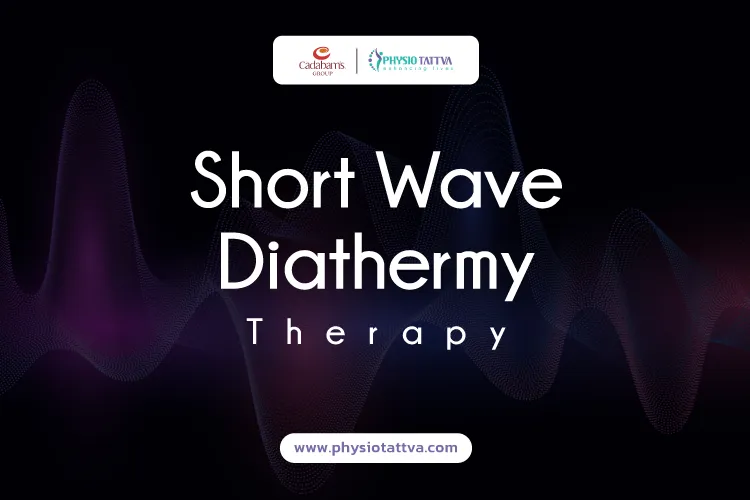
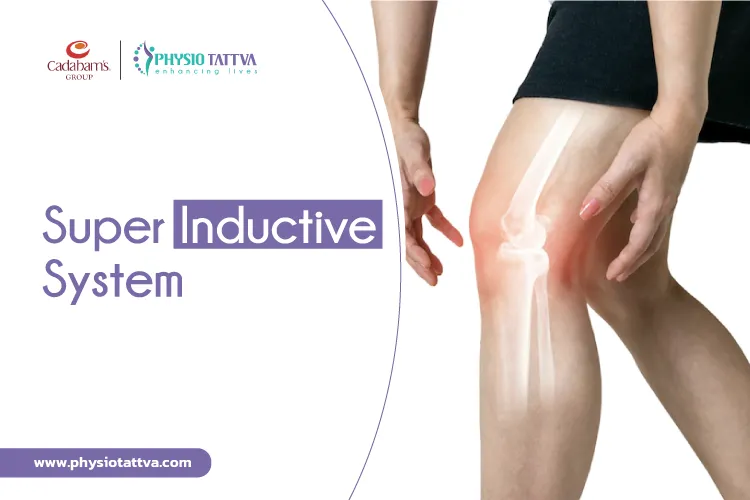
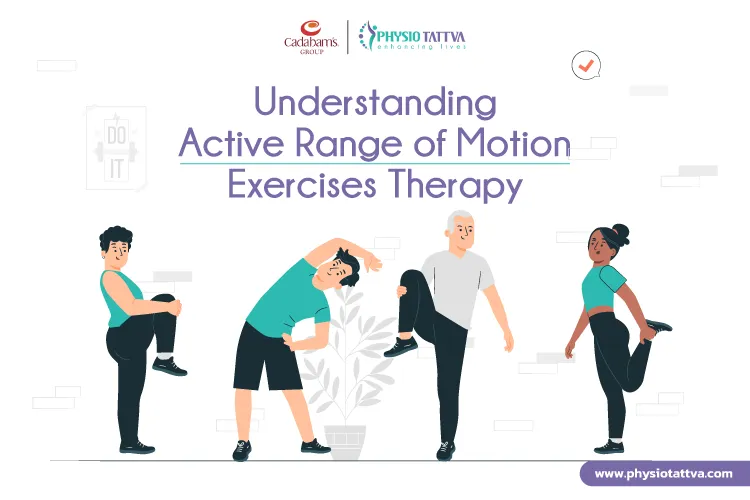


.webp)
.webp)


.webp)
.webp)

.webp)
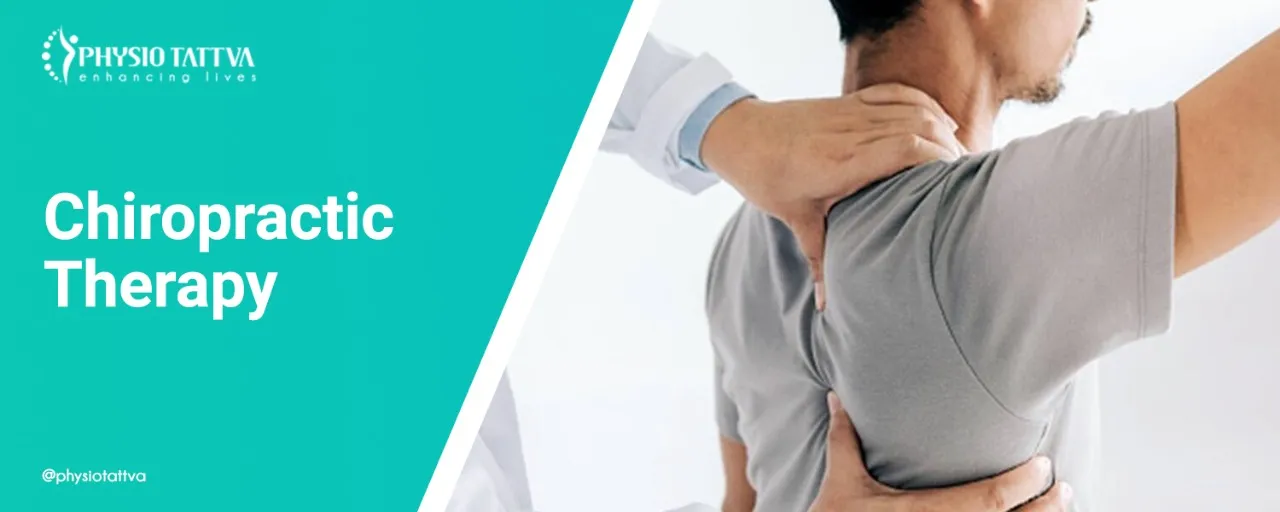
.webp)
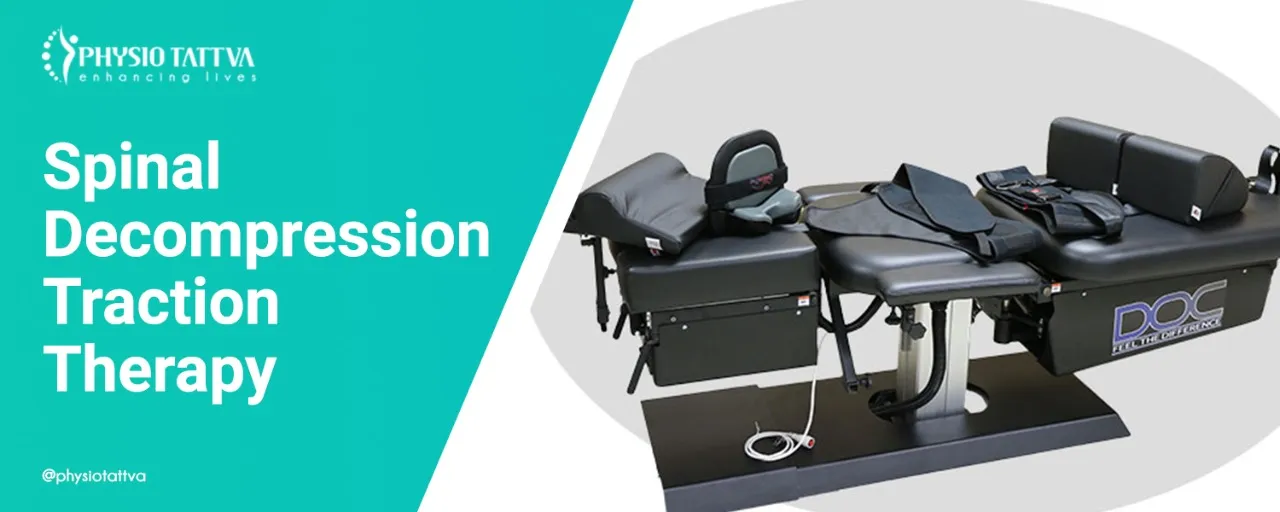
.webp)
.webp)
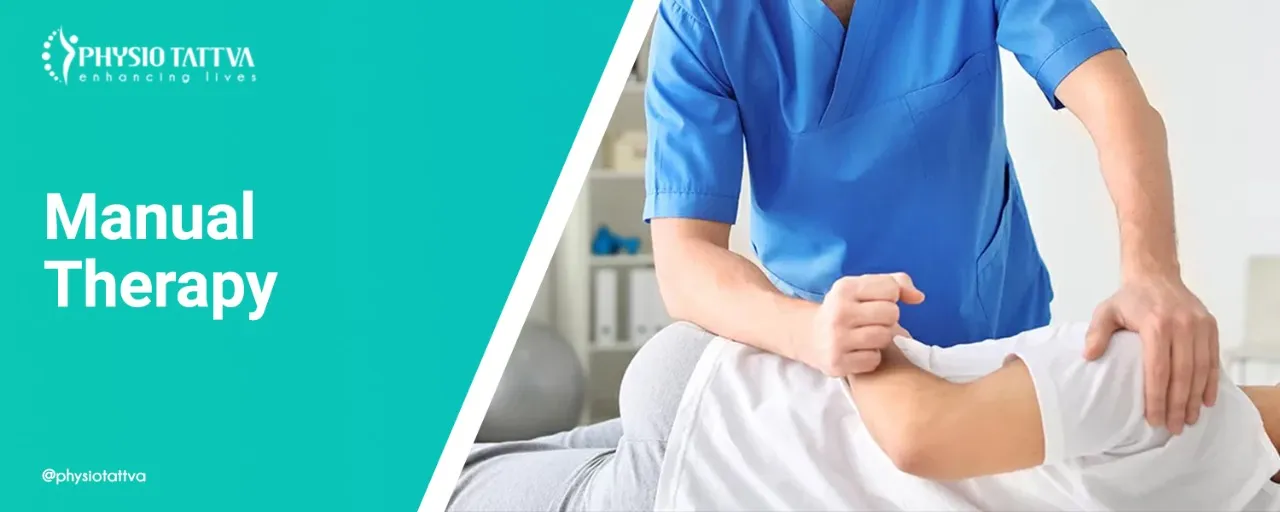
.webp)







.webp)
.webp)

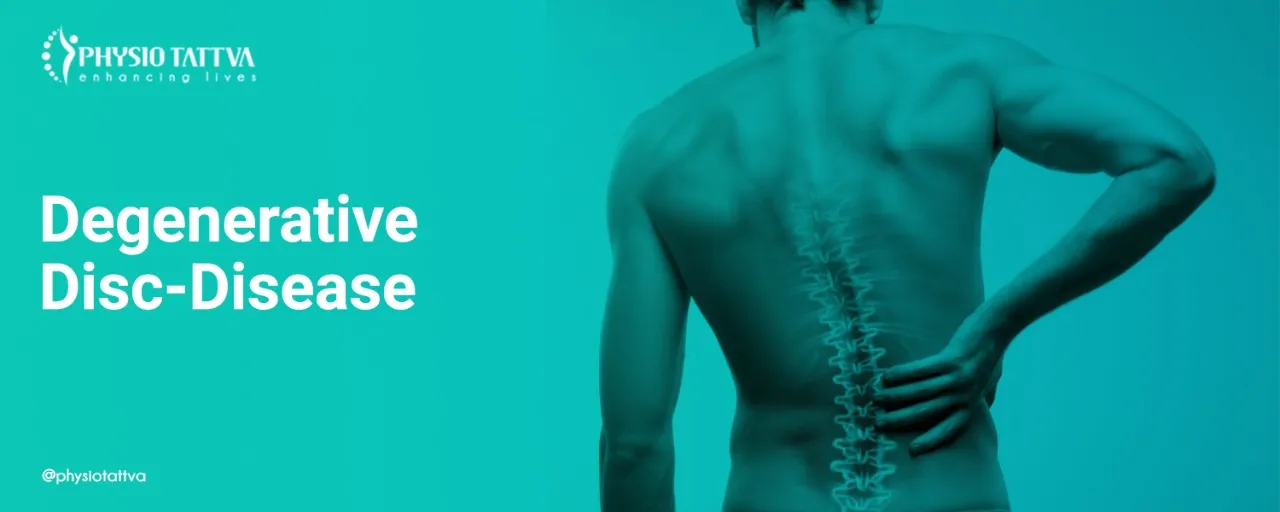

.jpeg)

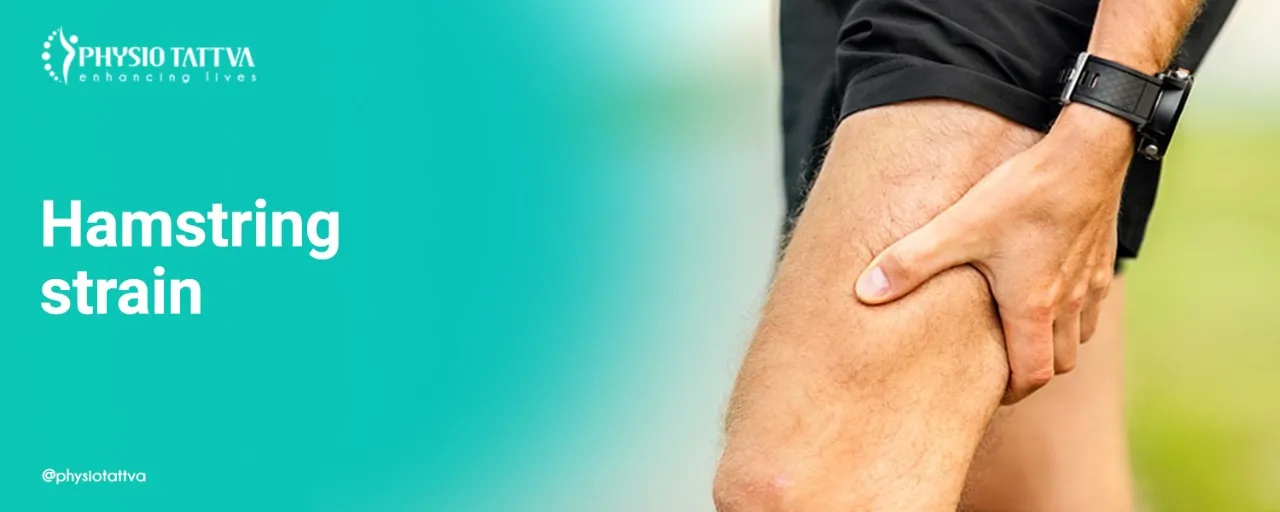

.webp)
.webp)
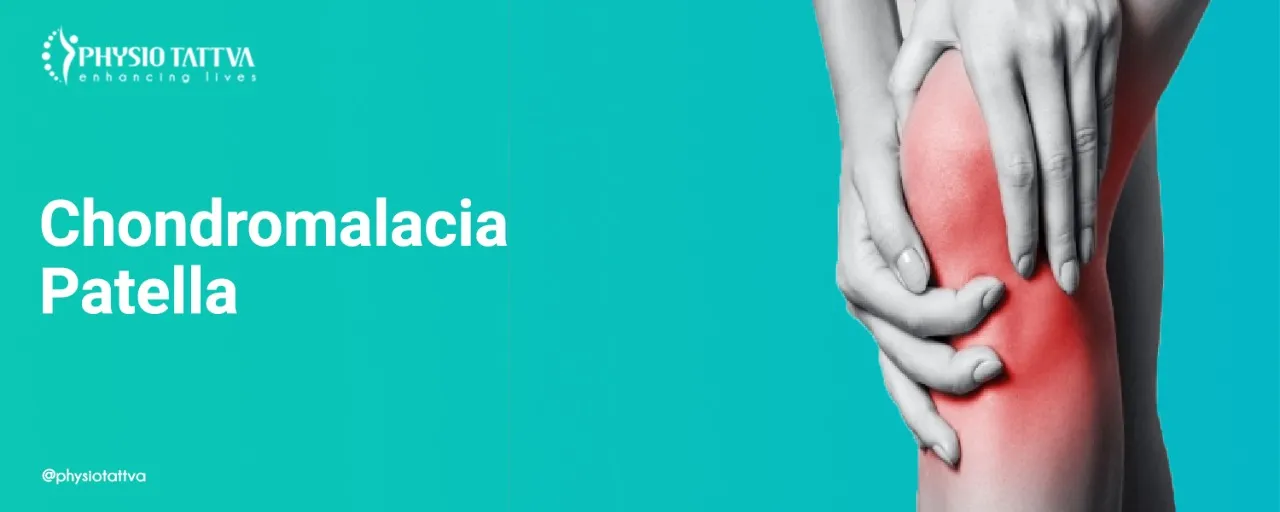


.webp)








.png)








%20(1)-p-3200.jpeg)


.jpg)
.webp)
.webp)
.webp)


